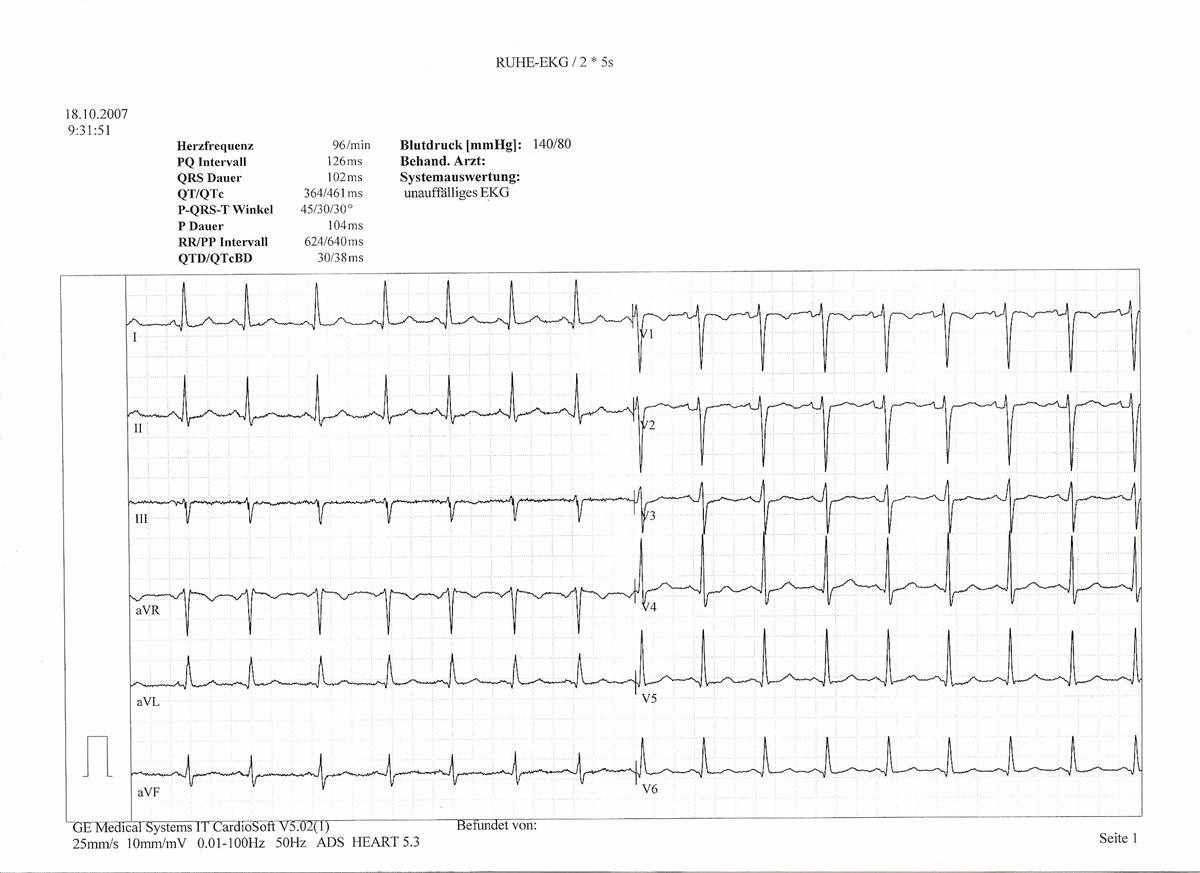One of the most common cardiac problems in aging adults is an irregular heartbeat, or atrial fibrillation. Left untreated, this condition can lead to the formation of blood clots...blood clots can travel to the heart, lung, or brain leading to heart attack, pulmonary embolism, or stroke. Once diagnosed, the usual treatment of atrial fibrillation includes an anticoagulant, such as warfarin to prevent the problems that result should a blood clot develop. Anyone that knows someone with atrial fibrillation probably knows that it requires regular diagnostic monitoring and physician follow up.
This is one of those cases where an ounce of prevention is worth a pound of cure. A recent study out of the Netherlands tells us one way in which this can be accomplished. The study followed over 8,000 people since the 1990s...it was determined that the non steroidal drugs, such as ibuprofen and naproxen, may play a huge role in the development of irregular heart beat. These drugs are widely used by many people the world over. Since they entered the marketplace, many problems have been attributed to their use. These include kidney issues, gastric ulcers, GI bleeds..and now this.
In a nutshell, it's always wise to use all medication prudently. These drugs do have their place in the world of pain medicine. But it's one of those times when less is more!
Sources: WebMD; Wikipedia
 |
| Example of an EKG |
This is one of those cases where an ounce of prevention is worth a pound of cure. A recent study out of the Netherlands tells us one way in which this can be accomplished. The study followed over 8,000 people since the 1990s...it was determined that the non steroidal drugs, such as ibuprofen and naproxen, may play a huge role in the development of irregular heart beat. These drugs are widely used by many people the world over. Since they entered the marketplace, many problems have been attributed to their use. These include kidney issues, gastric ulcers, GI bleeds..and now this.
In a nutshell, it's always wise to use all medication prudently. These drugs do have their place in the world of pain medicine. But it's one of those times when less is more!
Sources: WebMD; Wikipedia
Comments
Post a Comment